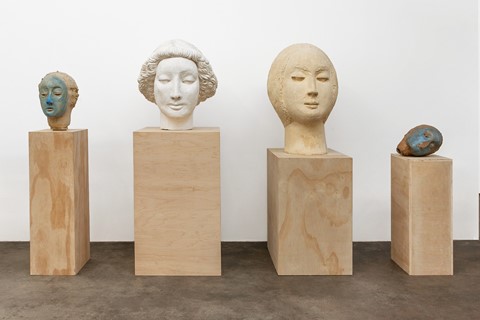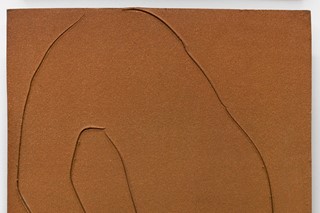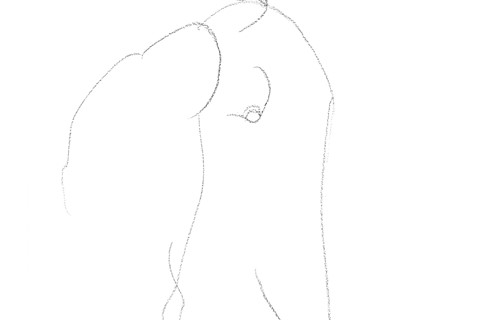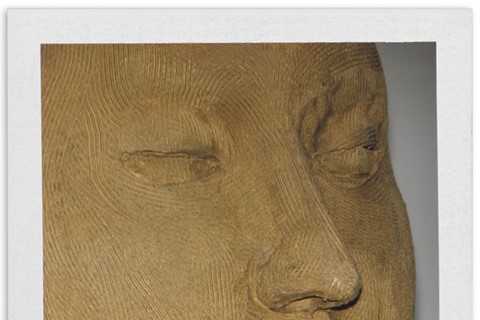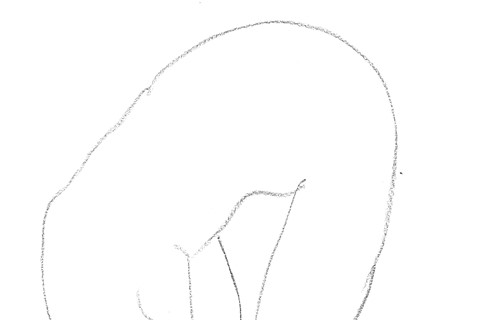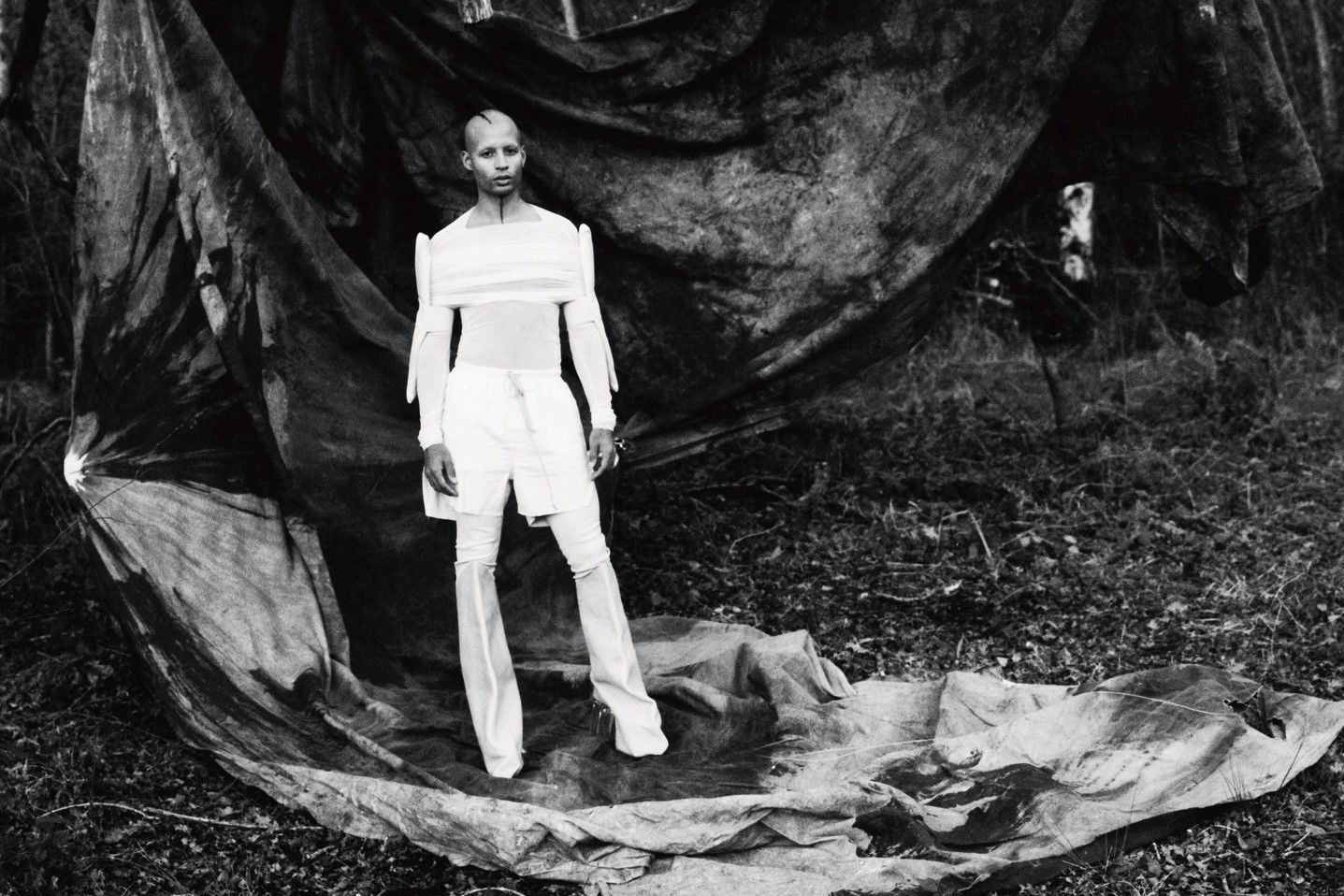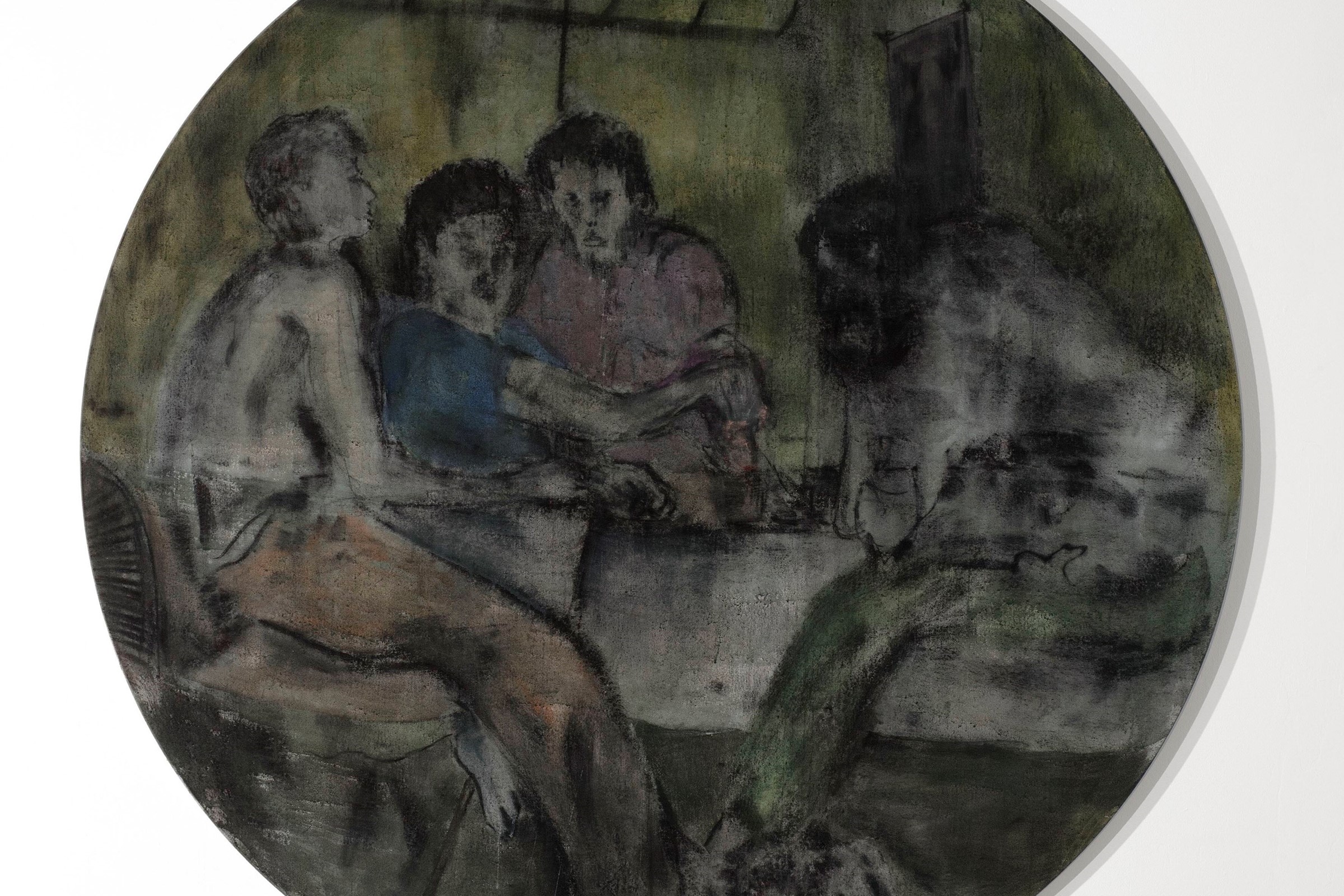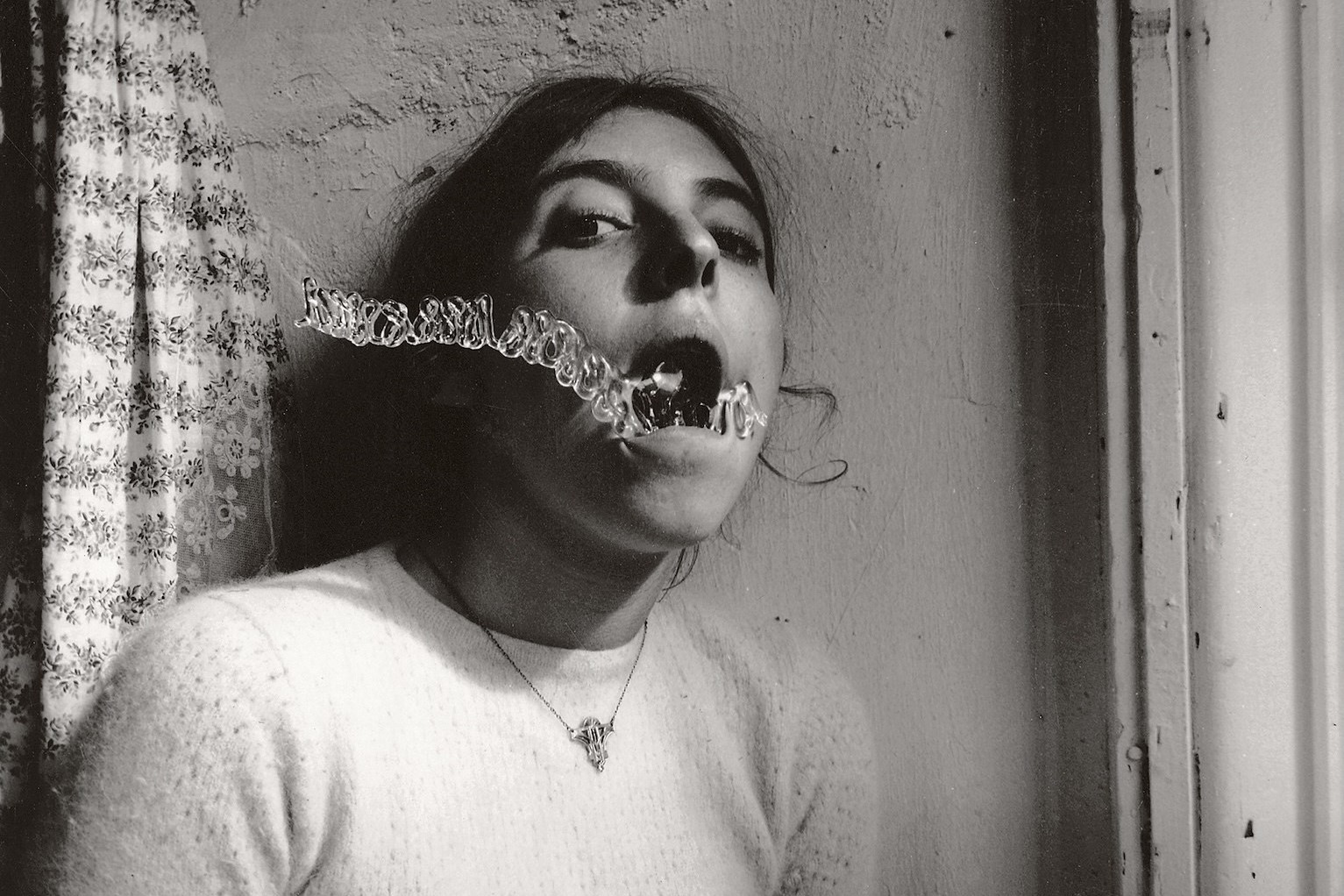As a new exhibition opens in Los Angeles, we speak to the performance artist and Kanye West-collaborator about returning to the gallery setting
It’s a bit nerve-wracking calling Vanessa Beecroft. She’s one of the most famous performance artists of our time; a long-term collaborator with one of the most famous men on the planet in Kanye West; and a woman who doesn’t seem to mind getting in hot water over her views on everything from race to the way she uses women to make art. For the uninitiated, Beecroft’s work is usually characterised by an “army” (in her words) of women, standing still, partially or totally nude. It makes for an arresting and even slightly chilling take on the tableau vivant.
Thankfully when we speak she’s charming: almost disarmingly open, friendly, and helpful; willing to discuss anything and everything with an upfront conversational ease. The reason for our chat is her new show, the inaugural exhibition at Los Angeles gallery Pio Pico, which was founded by Beecroft’s artist husband Federico Spadoni. Despite having stated in interviews as recently as 2016 that she hates showing in galleries, the exhibition is as traditional as we’ve seen from Beecroft, showcasing her ceramic sculptures, tiles, and a vast mural. As you might expect, however, each piece has a performative twist: the mural was formed from bodies writhing in clay, and Beecroft speaks of destroying her clay creations as readily as she does of forming them.
“For the mural in the exhibition I consider it as a performance, but physically it’s a very large plaster wall made of slabs,” she says. “It was made by throwing women into a bed of wet clay. They were all African American women, and you see the imprints of their bodies, faces, breasts, legs… so you see the women coming out of the plaster. I then covered it with transparent beeswax like a bas-relief from Italy. So while you see an angelic overall image, up close you see teeth, mouth, hair, pubic areas, knees, breasts… It’s gentle but also a little violent.” Here, we speak about her trepidation around making physical work, collaborating with Kanye, and how a childhood sense of displacement informs her practice.
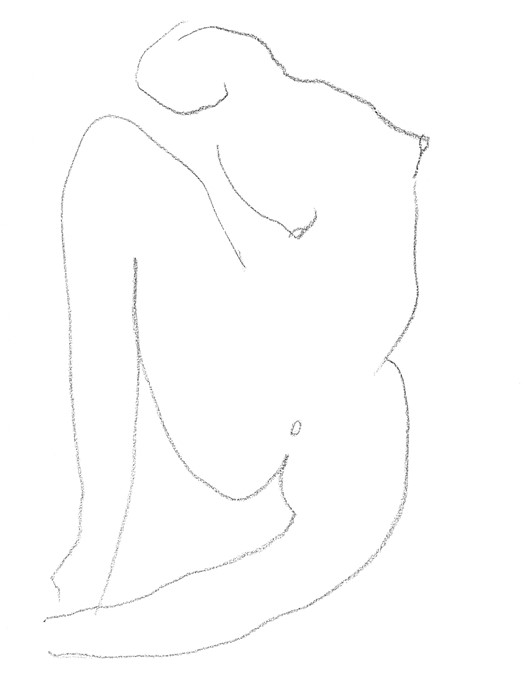
On making a gallery-based show…
“The reason I did performance for so many years is that I have a difficult time reconciling with the physical world. It took a year longer than I expected as ceramic is a very vulnerable material, but as I see it all together, after the first moment of excitement I feel a struggle to recognise every single object as a finished work. In a performance you do it and then straight after, they walk away. I also feel the reason I was uncomfortable [with showing in galleries] is that I was not confident that I could deliver a finished work. While I’m confident of my skills I was never able to package them, even in a performative way – even in photographs which were really beautiful I didn’t think they were the same, they were just a memory or documentation.”
On continuing to work on a studio-based practice…
“Over the years I did so many performances but I didn’t indulge in going into the studio – now I have the drive to go into my studio and paint. I’d love to be able to let myself just go and do that: I’ve wanted to for 20 years, but I always felt there were other things that were more important, like exhibiting women constantly. At this point I should have the freedom to do what I had wanted to. When I was younger I thought my drawings were too remote – that other women wouldn’t get anything from it. I was discouraged in thinking they wouldn’t have an impact in society or the art world in the way I wanted to. There was a message I didn’t feel the drawings could convey; but the art world and spirit of the time has changed.”
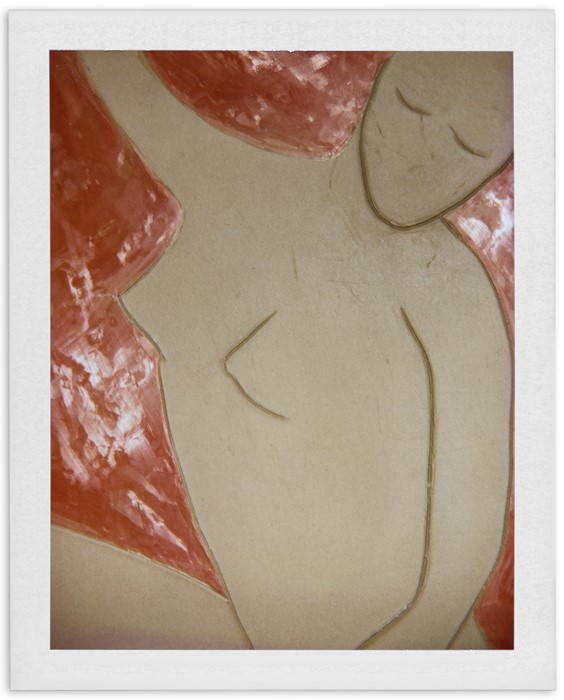
On how her roots inform the aesthetic of her work…
“Biographically I was removed from England; my father is English then my mother moved to Italy and it was a completely different environment, far from everything that belonged to me. It was more bourgeois and intellectual at the beginning of my life in London, so I was removed from my father, who was a very typical Englishman – blond, blue eyed – very exotic for an Italian. Maybe I was striving towards these features [in my performances], which were very Anglo Saxon in their chins, hair colour and eyes. It wasn’t about cloning, it was about not having enough of one – so I wanted to have a great army of women related either by situations or stories or by features; and I must say in my work white women look quite English to me, like members of my family.”
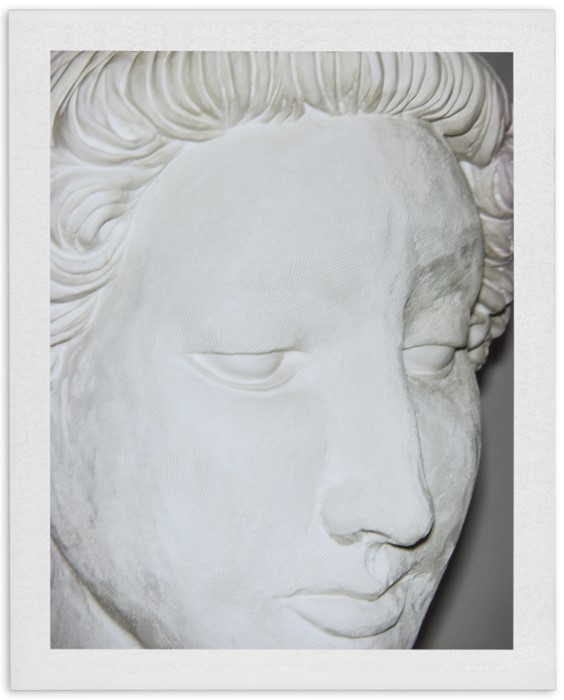
On working with Kanye West…
“The first project I worked on with him was just a performance of my work, when he was releasing his album 808s & Heartbreak. I didn't know who he was, but I was very inspired when I met him. At that time he’d lost his mother and he was in a difficult moment; it was a melancholy and hard album. I was going through a divorce so it was a similar moment of loss – I decided to collaborate with him. From then it was more me consulting him, so my contribution was partial to his vision. That’s until last year when we did Madison Square Garden, and I said ‘it has to be my performance 100%’ even though everything ends up being Kanye. I felt like the Kanye collaboration was really a once in lifetime experience. I really never care for collaborations – even with this show with my husband, it was a collaboration as he really was involved, but somehow I always felt whatever I went through was my own.”
On what’s next…
“I don’t really know, but what I have is a bunch of canvases. With the studio work I have to reconnect slowly in the art world. I deserted it with the work with Kanye, having four children, moving to LA… I want to be in the studio and see what happens. I will move slowly and continue to do performances when I’m asked to and create tangible work. I’m very happy and I’m looking forward.”
Abstracted Memories: Vanessa Beecroft runs until March 2, 2018 at Pio Pico, Los Angeles.

